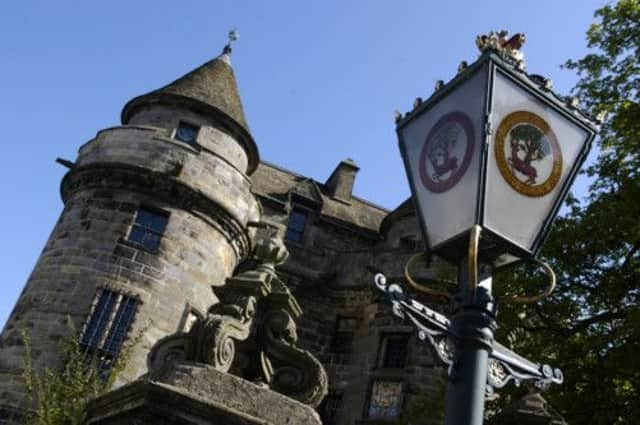National Trust Scotland faces strike threat


Members of the Prospect Union, which represents nearly 350 staff at the National Trust for Scotland, are to ballot on possible industrial action after having a new series of demands rejected.
The move raises the prospect of well-known sites having to be closed down during the course of any action, including the David Livingstone Birthplace Centre in Blantyre, Culzean Castle in Ayrshire, the Culloden visitor centre and Falkland Palace in Fife.
Advertisement
Hide AdOfficials at the charity, which relies on memberships and donations to look after some of the nation’s most historic attractions and wilderness areas, insist it “simply cannot afford” any more as it is still recovering from a major financial crisis.
A wholescale review of NTS was ordered following an outcry after it proposed closing properties and shedding dozens of staff to help balance its books.
The trust claims improvements to pay and conditions for staff over the last three years have amounted to a 15 per cent increase.
The most recent deal is said to represent an average increase of two per cent, with the lowest paid staff receiving the greatest share.
However Prospect claims the offer which has been imposed is actually a “real terms” cut of two per cent, which was rejected by 91 per cent of its members in a ballot in February.
A statement announcing the strike ballot said: “The union’s claim for the introduction of the Scottish Living Wage of £7.45 per hour was met with an increase in pay for the lowest grade staff to £6.67. They are currently paid £6.42, with a vague promise of achieving the Scottish Living Wage by 2017.”
Advertisement
Hide AdNational secretary Alan Denney said: “Members have made it clear that enough is enough.
“They accept that a price had to be paid to secure the trust’s future and they are not seeking to recover these losses in pay. They want to see their pay keep up with prices. Significant numbers of staff are paid at minimum wage levels and they deserve better than another pay cut.”
Advertisement
Hide AdHowever NTS has hit back claiming that it would be faced with a “massive” rise in its wage bill if demands for an eight per cent pay rise were met.
George Wilson, director of human resources at NTS, said: “We are very sympathetic to the demands being made by Prospect and we too wish to improve the rewards we give to our staff.
“However as a charity which depends on membership fees and donations for survival and is fighting its way back from the financial brink, we can only pay what we can afford.
“This year we have implemented a pay deal which is the fairest we can manage and represents an overall two per cent investment, with the lowest paid staff receiving the greatest share.
We have also agreed to longer term commitments in relation to pay progression and working towards full implementation the Scottish Living Wage over four annual instalments. Compared to what many in the public and private sectors are enduring in the current climate, we think this is a pretty good deal.
“Prospect chose not to ballot our members on our final, enhanced pay offer and rejected it out of hand, despite it providing most of what Prospect were asking for – but over a time-frame and conditions of affordability that are realistic given our current financial situation.
Advertisement
Hide Ad“We regret Prospect’s stance, nevertheless, we respect their right to ballot their members and will decide on our next course of action once the result is clear. In the event of any action going ahead, the trust would clearly take all steps to ensure that the impact on visitors was kept to a minimum.”
NTS is responsible for around 130 historic properties, more than 100,000 artefacts, 200,000 acres of countryside, 46 Munros, 35 major gardens and 45 designated sites of special scientific interest.